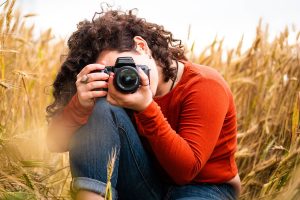Share this content:
Photography is an art form that allows us to capture special moments and preserve memories. It allows us to share our experiences with others in a unique way. It also allows us to explore our creativity, capturing unique perspectives and telling stories in a single image.
1. How to Take Stunning Night Photography
Night photography can be challenging but incredibly rewarding. To capture the beauty of a night scene, you’ll need to use a tripod for stability, as low-light conditions require longer exposures.

Roads, rivers, fences, or architectural elements can act as leading lines that draw attention.
Start with a low ISO to reduce noise and adjust the aperture and shutter speed to balance the exposure. Using a remote shutter release or the camera’s timer function can prevent camera shake during long exposures.
Whether you’re photographing city lights, starry skies, or a quiet street, night photography opens up a new world of possibilities for creative shots.
2. The Magic of Double Exposure Photography
Double exposure photography blends two images into one, creating dreamlike, surreal visuals. To create a double exposure, either combine two photos in-camera (if your camera has the feature) or during post-processing in editing software.
The key to a successful double exposure is choosing complementary images—one with strong outlines, such as a silhouette, and the other with textures or patterns. Experiment with different combinations, such as blending a portrait with a landscape or overlaying architectural elements with nature.

Double exposure adds a creative twist to your photography, resulting in strikingly artistic images.
3. How to Use Leading Lines for Dynamic Compositions
Leading lines are a powerful compositional tool in photography, guiding the viewer’s eye toward the subject or through the frame.
Roads, rivers, fences, or architectural elements can act as leading lines that draw attention to the most important part of your photo. By incorporating leading lines into your composition, you create a sense of depth and movement, making the image more engaging.
Either combine two photos in-camera (if your camera has the feature) or during post-processing in editing software.
Moris Brown
Experiment with different angles and perspectives to see how the lines can transform your composition, leading the viewer on a visual journey through your photograph.









Post Comment
You must be logged in to post a comment.